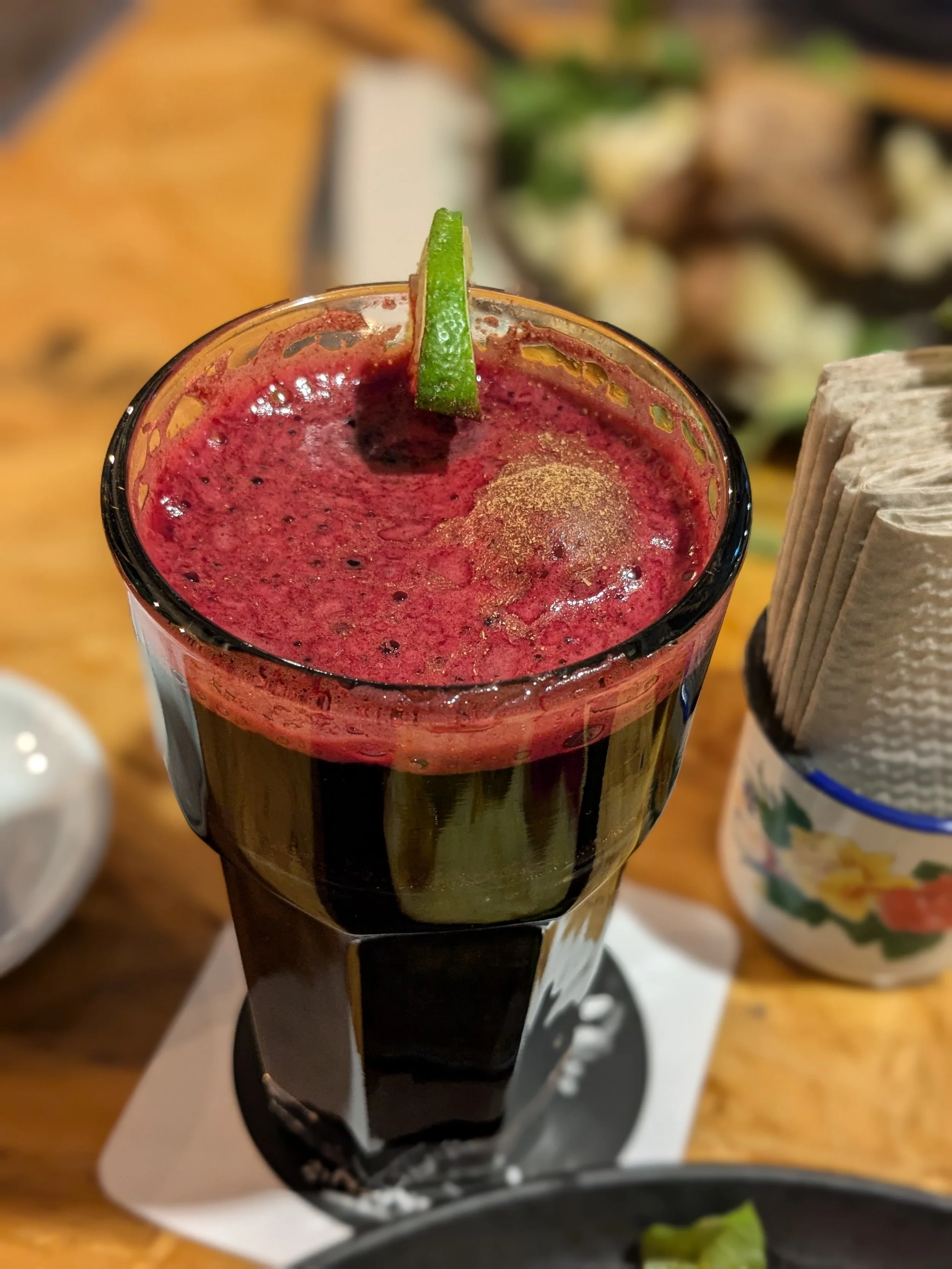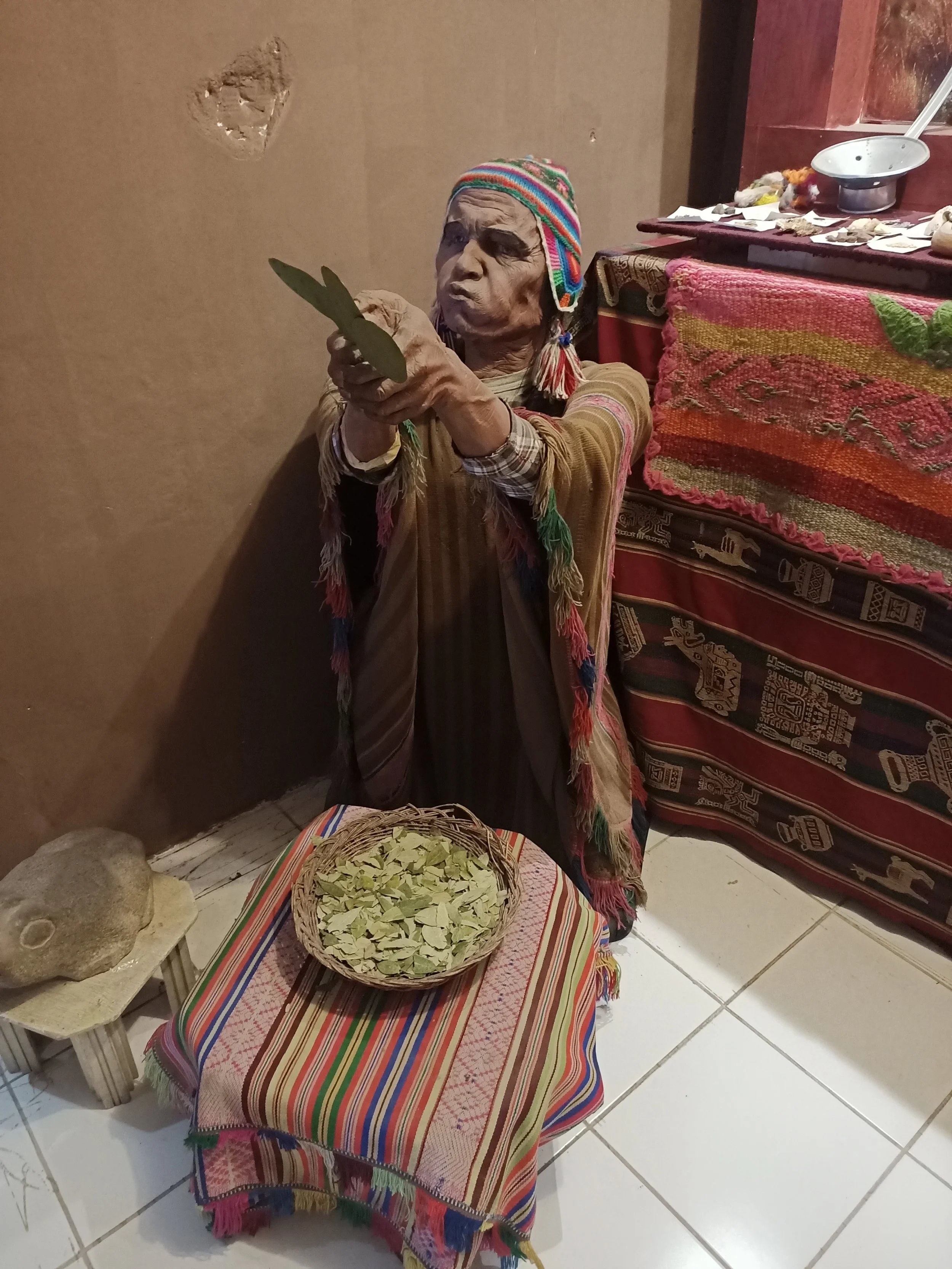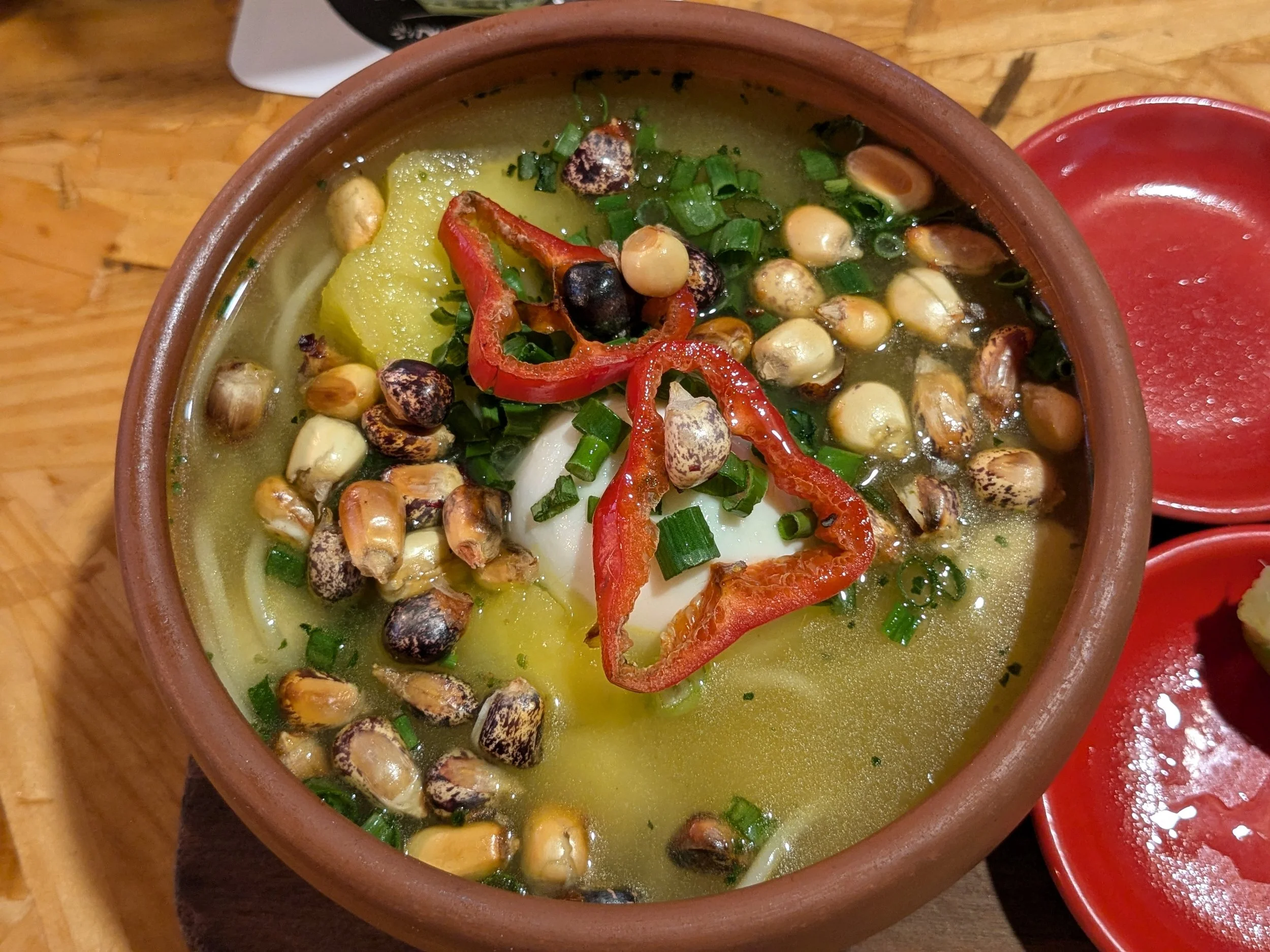Cusco – Nuna Raymi
Expression of the soul
Travelling to this city was one of the most remarkable journeys of my life. Cusco is situated at 3,399 m (11,152 ft) above sea level. Due to this, a lot of people get high altitude sickness. Symptoms include headaches, dizziness, loss of appetite, fatigue, malaise, trouble sleeping. Therefore the best way to travel to Cusco is via bus, to slowly ascend and adjust to the height gradually. We did not have enough time to travel by bus, so we flew by plane after some consideration because of my sensitivity. The body needs time to adapt to the high altitude and needs to produce new red bloods cells to be able to carry more oxygen. While you need to get acquainted with all this, the streets in Cusco are very — and I mean very — steep. To ease the high altitude symptoms, they suggest drinking coca tea. Yes, these are the leaves from which cocaine is made. Of course, it could be in part a placebo effect, but for me this tea really helped me a lot during my stay. With my coca tea in one hand I conquered the height of this city. It’s recommended to drink the tea once per day, although I found that out a little later. I usually drank more than one cup, and that didn’t affect me.
When we arrived in Cusco, I was extremely hungry. Luckily, in Cusco they have lots of options, especially for such a small and remote city, to eat gluten-free! We wanted to order take-out but my complicated medical diet — amongst other reasons — made this not possible. Arnoud still had some strength left, and he went to order and pick up the food since, next to eating gluten-free, I also need to avoid allium, which usually is the hardest part when ordering or dining at a restaurant. Arnoud and I, both had this extreme headache the first day and were fatigued, but, on top of that, I also contracted Covid. Therefore, sadly, we didn’t meet up with our friends Charlène and Guido in Cusco, as they were about to embark on the Inca Trail — something I had always wanted to do. However, you need to book this trail or a ticket to enter Machu Picchu six to three months before your travel date – no last minute options to join, and you need to be very fit to be able to do this hike. Luckily, we still managed to go to Machu Picchu, and we hiked up the Wayna Picchu with Howard, Sej & Nilay whom we met during the crazy process to obtain a last-minute entrance ticket for Machu Picchu. Circa 1000 tickets per day are still available in Aguas Calientes if you forgot to book your ticket in advance, especially if you prefer a certain route since there are 10 different circuits (plus different time slots) you need to choose from. The popular ones (most Americans take) sell out because they require the least amount of exercise. We took one of the less popular circuits — Route 3A known as Machu Picchu and Wayna Picchu. It grants access to both the lower part of the citadel and the trail leading up to Wayna Picchu. Everyone, coincidentally chose the early morning time slot to avoid the heat of the sun – otherwise we wouldn’t have made it to the top. The climb to the top of the mountain, depending on your fitness, takes up to two, three hours and is at your own risk. When you reach the top you will have a 360-degree view together with a view of Machu Picchu. Local guides say that the summit of the mountain was once home to the high priest and a group of chosen virgins. Each morning before dawn, the high priest would hike down Wayna Picchu before sunrise to awaken everyone for the start of a new day.
Anyways, I strongly advise you to book a ticket before you travel to visit Machu Picchu since the other way was a challenging experience (at one point the police became involved to try to calm the angered crowd) but it was still definitely worth it!
I am trailing off. I was writing about the takeaway dinner we had the first night in Cusco! Arnoud managed to get some lovely meals, and this time everything he ordered was gluten-free but not all was allium free. He ate the ‘guinea-pig nuggets’ and I had the ceviche, plus another dish with grilled salmon-trout, mashed sweet potatoes and lemongrass (it’s no longer on the menu) which tasted wonderful. This restaurants get the guinea-pigs from Andahuaylillas families farm and they take good care of the animals. Furthermore, the restaurant says it uses produce from local farmers, that they are conservationists and guardians of native organic seeds.
Near the end of our stay we decided to dine in too due to the fact that I loved the sweet mashed potatoes with lemongrass so much and they also almost got the order right. They only forgot to not put spring onion on the ceviche. For describing the indoor dining experience, I will focus on our appetizers, because they both were delicious and leaving out the allium in the main dish became a bit too difficult. To make up for this mistake they brought us a free drink. Arnoud knew that the drink they served was a traditional Peruvian drink which normally contains gluten. He double checked with our waiter, if the drink indeed was gluten-free and it turned out it wasn’t. I was very glad that they were honest and open about this because a lot of staff members would just have said, it was (when it wasn’t)! So, I was thankful for that. Nonetheless, Arnoud wouldn’t have let me drink it anyway knowing it probably contained gluten.
The appetizer was an experience in itself. We visited the restaurant when it was the first of August. In Andean culture, this day marks the beginning of the 'Andean New Year' for Pachamama, a sacred time when Mother Earth is believed to be most 'hungry' after months of giving. To honor her, people offer rituals and ceremonies, often involving the lighting of charcoal or fire — seen as a sacred, purifying element that helps carry offerings to the Earth goddess. After this ritual had taken place our appetizers were served. Arnoud had “Caldo de pollo criollo – Peruvian chicken broth, noodles, egg and ginger with chives, lemon and toasted corn” (NOT gluten-free) and I had “ Experienca de uchucuta en piedra – Ancestral Andean chili sauce made in stone, served with potato native chips from our seed guardians.” Surprisingly the uchucuta, is traditionally prepared without allium! Which is uncommon. The sauce consists of salt, Andean cheese, chillies, corn kernels, water, three different tomato paste, plus huacatay leaves and is prepared at the table in front of you with a mortar. In several steps the ingredients are added and grounded to a sauce whilst the waiter tells all about the preparation and traditions of the dish and their ancestors!
Safety: gluten are on the premises but they are careful and take cross contamination, and even other allergies into account!
To quote their menu: “The expression ‘Nuna Raymi’ comes from the Quechua (Incas language) meaning “Celebration of the Soul” With a kitchen that nourishes and fills the soul with harmony and peace.”
If you zoom in on the photo closely you’ll see a line written in small letters below that says that the flowers you see on front of their menu are the ones they use as an offering to mother earth, La Pachamama, giving thanks for what she give us.
Chicha morada, a drink made from purple corn – highly recommended!
Most of the statues are depicted with a ball in their cheek, indicating that they are chewing coca leaves. You can also see coca leaves in the basket—similar to the ones used to make the tea.
Coca Museum in Cusco – unfortunately the museum is now permanently closed.
Together we climbed down the path towards Machu Picchu.
“Caldo de pollo criollo – Peruvian chicken broth, noodles, egg and ginger. Aside chives, lemon and toasted corn.”
“Experiencia de uchucuta en piedra – Ancestral Andean chili sauce made in stone, served with potato native chips from our seed guardians.”






